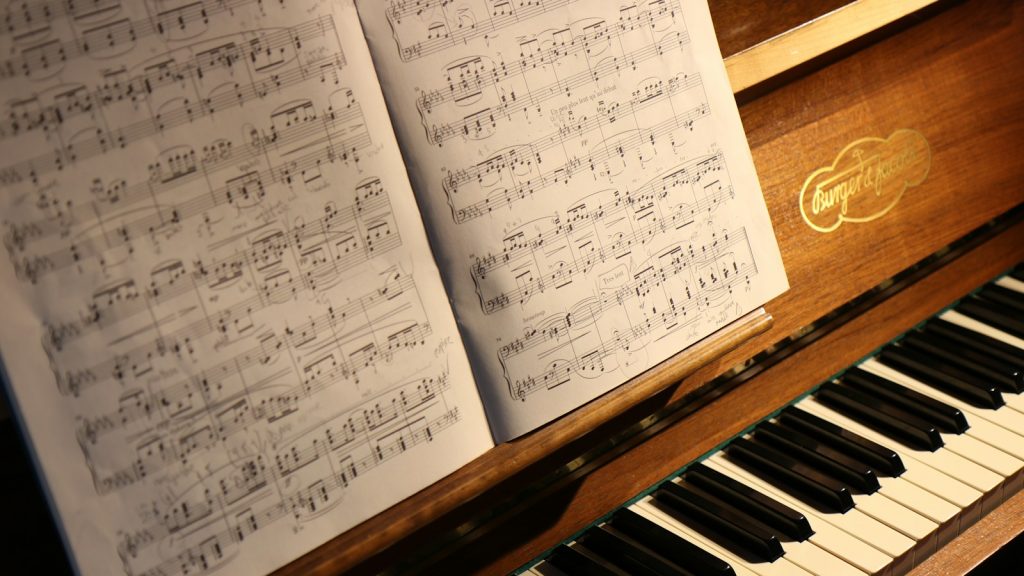Davenport museum opens literary costumes exhibit
Posted Oct 20, 2018 02:45:03 PM.
Last Updated Oct 20, 2018 03:20:36 PM.
This article is more than 5 years old.
DAVENPORT, Iowa – As staffers at Davenport’s Putnam Museum prepared for a board of directors meeting late last year, they set out several items from storage that aren’t often seen.
They included an 1828 wedding dress worn by an ancestor of the Putnams — the family that established the museum.
A woman attending the board meeting noted that the dress was from the time period of Charlotte Bronte’s novel, “Jane Eyre,” and said she’d often wondered how characters in that story dressed.
It was at that moment that Putnam president and CEO Kim Findlay realized she had an idea for an exhibit, the Quad-City Times reported .
Findlay’s idea now is being realized with the opening of the exhibit, “Literary Heroines: Their Times, Their Fashions.”
Continuing through Jan. 6, the exhibit consists of 21 vignette displays of strong heroines from prominent novels, dressed in time- and theme-appropriate clothing and accessories, coming largely from the museum’s textile collection.
Among the women are Lily and Snowflower, from “Snow Flower and the Secret Fan,” a story set in 19th century China, with two pairs of tiny shoes that were worn by women whose feet were bound and broken as children, so they would not grow. The shoes were collected by B.J. Palmer, of Palmer College of Chiropractic, and Charles Ficke, whose extensive art collection formed the backbone of what is now the Figge Art Museum.
There also is Tita de la Garza, from “Water for Chocolate,” featuring early 1900s Mexico. In this exhibit, the character is making food at a battered table that belonged to Davenport founder Antoine LeClaire.
And there is Emily Carr, a Canadian artist, from the book, “The Forest Lover,” wearing a smock and working at an easel the staff from the Figge Art Museum helped set up.
In picking the titles, museum staff tried to include women from many kinds of backgrounds and countries, said Christina Kastell, the Putnam’s curator of history and anthropology.
The vignettes also include Susan Glaspell (1876-1948), the Quad-Cities’ only Pulitzer Prize winner, who won in 1931 for a play titled, “Allison’s House.”
Glaspell was a pioneering feminist, America’s first important modern female playwright and is considered a hometown heroine.
Springboarding from that hometown idea, museum staff decided also to include in the exhibit an oral history project of 12 Quad-City women with important stories.
The Putnam’s textile collection, also called its clothing or costume collection, is stored in a large, crowded storage room within the museum.
It consists of literally thousands of items, mostly garments, worn by men, women and children, as well as all types of accessories, such as hats, hat pins, underwear, shoes, purses, stockings and handkerchiefs.
These items are collected because they reflect human society and how it changes over time.
One of the oldest garments in the collection is a wedding dress worn in 1817 by Eunice Larned Allen, an ancestor of longtime Putnam donor Dana Waterman, of the storied Davenport law firm Lane & Waterman.
It will be worn in the exhibit featuring the character Elizabeth Bennett, from “Pride and Prejudice,” by Jane Austen.
The dress is significant as a reflection of the times and because of who wore it, Kastell said.
A red satin bra from the 1950s is significant, not for the wearer, but because it represents a time when pointed breasts were a fashionable look for women.
Most recently, the museum has cataloged a pair of thong underwear.
“We’re a throw-away society and, if we don’t collect these things now, they’re gone,” Kastell said.
Items are arranged by decade. Hanging garments are protected by special tissue paper, and boxes on long shelves are labeled as to contents.
There is more women’s clothing than men’s because, generally, men had, “a suit or two and work clothes,” Kastell said. The latter got worn out and thrown away, and the suits didn’t change as quickly as women’s fashions.
Also, women tended to save their favourite dresses, she said.
Also lacking in the garment collection is a large representation of working-class clothing. Laborers tended to wear out their clothes and/or considered them unworthy of saving.
In addition to garments, the collection contains drapes, bedding (quilts are rolled over long paper cylinders), buttons, sewing accessories, steam hair curlers, bobby pins and jewelry (including that made of human hair and horse hair), umbrellas and doll clothes.
And there are shoes: baby shoes, ballet shoes, boots, shoes that belonged to Davenport native and NFL star Roger Craig and a pair of size 14 basketball shoes worn by Acie Boyd Earl, a standout basketball player from Moline High School who played with several NBA teams.
And fans. Although paper fans that one holds in one’s hand have virtually disappeared from modern life, they were important accessories for hundreds of years in several cultures.
In Victorian times in the West, they not only cooled the holder, but spoke a silent language. A woman could communicate with her lover across a ballroom by the way in which she held her fan, Kastell said.
In the ’60s collection there are bell-bottom trousers with bottoms so wide they look like skirts and paper dresses made by Hallmark to match party goods, such as napkins and plates. That way, a hostess could co-ordinate her apparel with her table, Kastell said. (The paper isn’t as flimsy, though; it has the heft of fabric interfacing.)
Trends reflected in the collection include society’s view toward female modesty and using animal fur as ornamentation.
There’s a bathing suit from the early 1800s that is so modest, it could double as a dress.
The furs include a muff — a cylindrical covering of fur into which hands are placed from either end for keeping them warm — made of ermine, including the faces of the small animals.
Also in storage are stoles made of mink, red fox, beaver and raccoon fur and numerous suits with fur collars and cuffs.
In accepting clothing into the collection, museum staff does not try to remove stains, as they are part of the story, Kastell said. And in creating the vignettes for the exhibit, staff has not attempted to make the clothing wrinkle-free, because heat can damage fabric, she said.
Despite efforts aimed at preserving costumes, such as keeping light and humidity at optimum levels, some items are not made to last. One example is go-go boots from the 1960s.
“They were made of polyvinylchloride, and that doesn’t last very long,” Kastell said. “They are already degrading. Sometimes, no matter what you do, that happens.”
Because of their overall fragility, most items in the textile collection rarely are seen. The Literary Heroines exhibit offers a perfect opportunity to show them off.
One dress that Kastell is particularly happy will see the light of day is an elaborately embellished, 1920s flapper-style frock that was owned by Apollonia Denkmann Davis, daughter of lumber baron Frederick Denkmann, of Rock Island.
It’s basically made of red velvet, but it is covered with rhinestones, beads and thread. It is so heavy that if it were on a hanger, the shoulder seams would pull apart, so it is kept in a bag, Kastell said.
The dress is worn by a mannequin representing Phryne Fisher of the “Miss Fisher Mysteries.”
___
Information from: Quad-City Times, http://www.qctimes.com
An AP Member Exchange shared by the Quad-City Times.










